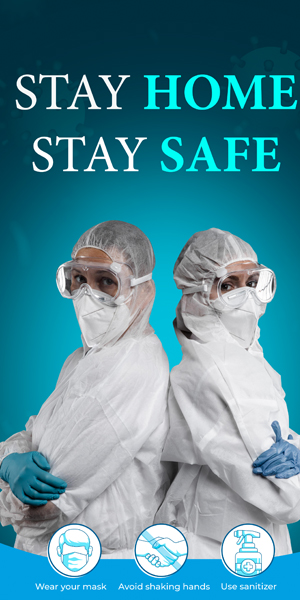Heated tubing is therefore a very important accessory for any Canadian CPAP user particularly during the cold season. Heated tubing reduces condensation or ‘rainout’ and further makes sure that the air that is provided through the CPAP machine is warm. Nonetheless, it needs to be understood that, just like every other part of a CPAP equipment, the heated tubing can only perform to the best it is able and that it can sustain a long-life expectancy provided that the user uses the right maintenance techniques. Here, the reader will find useful guidelines on caring about heated tubing and thus providing themselves with comfortable and efficient CPAP therapy.
Why Heated Tubing Maintenance is Important
Heated tubing is also used in the management of humidity and temperature in the air that is delivered by the CPAP machine. If properly not maintained, the heated tubing tends to nurture bacteria, molds, or any other undesirable microorganisms. Besides, it accumulates with moisture and skin oils which reduce the efficacy of the tubing and potentially pose hazard.
Basics of How to Care for the Heated Tubing
1. Regular Cleaning
Cleaning is one of the aspects of heated tubing that you need to ensure that you do frequently. Bacteria and mold tend to establish themselves in the warm and moist surfaces of the tubing causing respiratory complications.
Daily Cleaning:
Remove the heated tubing from your CPAP machine and mask and then wash it under warm water and gentle soap that does not have a scent. Wash until you are sure that soap has been washed off to avoid leaving a residue on the fruits.
Weekly Deep Cleaning:
Heated tubing should be washed once a week using a solution of vinegar and water in which the vinegar should be in a ratio of 1:3 to the water and the tubing should be soaked in the solution for about 30 minutes. This also assists in disinfecting the tubing first and clearing any deposits on the same. Rinse with water afterwards as well Porcelain utensils should be rinsed thoroughly with water as well.
2. Proper Drying
Once you have cleaned your heated tubing it is important to dry it well for the reason that any moisture left on the tubing is capable to develop mold.
Air Drying:
Place the tubing over a shower door or a bar created by towels so that force of gravity will facilitate the drainage of water. Be particular in ensuring that both the ends of the tubing have been left open to allow free flow of air to enable the drying process to be effective.
Avoid Direct Heat:
Wrapping of hairdryer or placing the tubing close to a radiator or heater should not be done since this reduces the quality of the material used and its efficiency.
3. See Worn Out
In the long run, the tubing may contract some kind of damages such as cracks or rips that affect its performance. The tubing, likewise should be checked for any externally discernible defects consistently.
Monthly Inspection:
Tubing should also be examined monthly and for indicators such as bulge, crack, hole or tarnish. In case you find any fault in the tubing, do not hesitate to replace them so that your CPAP therapy will continue to work best.
Proper Storage:
In addition, it is also important that your heated tubing is stored appropriately when not in use and specifically that it is stored in cool and dry area, and out of the reach of sunlight, or other high temperatures. However, it is advised that the tubing ought not to be bent or kinked, this begets a life cycle problem.
4. Replace Your Heated Tubing
While heated tubing is very durable, as with any heated application its service life is finite even with the best maintenance. It is advised to change your heated tubing every half a year to a year depending your usage and how you take care of the item.
Manufacturer’s Guidelines:
Always have it replaced in accordance with the maker’s recommended intervals since every product has its own.
Signs of Replacement:
If for some reasons the tubing is not heating as it should be or if you are dealing with more cases of rainout then it is high time you changed the tubing.
5. Ensure Proper Connections
Double check that your heated tubing is correctly connected to your CPAP device and your mask, in order to eliminate any gaps or interferes with the therapy sessions.
Secure Fit:
It is important that the tubing should nicely connect to the CPAP device as well as to the mask. Weak couplings reduce the chances of having a good seal; thus, your therapy will be affected by air leaks.
Compatibility:
Make sure that the heated tubing that you are using suits the model of your CPAP machine. Improper tubing can lead to device malfunction or insufficient treatment or failure to give the right level of comfort.
Conclusion
Taking care of your heated tubing is crucial and important if you are to enjoy your CPAP therapy regardless of the extreme cold weather in Canada. By cleaning and drying CPAP daily, and inspecting the equipment at least once a week, the buildup of bacteria and mold is avoided thereby keeping the equipment safe to use. When observing these maintenance tips, you are able to get more years out of your heated tubing and still benefit from your treatment with warmer temperatures all year round.








Leave a Reply